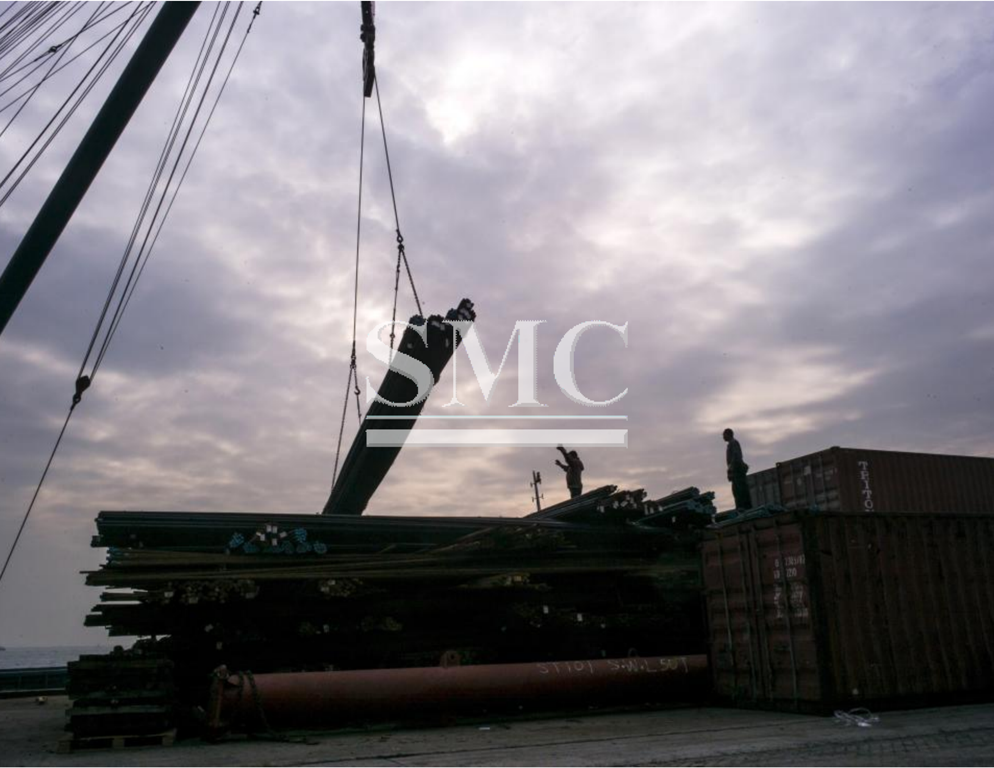Falling volumes and provincial rivalry have realized an existentialist emergency in a city distinguished, most importantly, with its acclaimed harbor
Chan Yum-wo did not know anything about the sea business when he joined as a dockworker in Hong Kong in 1994. In any case, that did not make a difference to the previous grade teacher. A companion let him know there was great cash to be made at the compartment terminals, and Chan required a protected employment with a consistent paycheck. He had another family to bolster.
It was a bustling time for the city’s mythical Victoria Harbor. Indeed, Hong Kong’s port was then the busiest on the planet, as indicated by insights from Hong Kong’s Marine Department. In the year Chan joined, the likeness 11 million 20-foot compartments from almost 200,000 vessels went through the port as they confused the oceans.
“We created a miracle,” says Chan, who became a founder and leader of the Union of Hong Kong Dockers.
However, those days have passed. Today Chan is 65 years of age, his hair is white and he hasn’t worked at the docks since February, when the quantity of holders traveling through the terminals declined for the eighteenth straight month. The port that was the focal point of the world when Chan joined is currently positioned fifth.
“It’s a sunset industry,” he says.
Hong Kong’s port is enduring, making an existential emergency for the city. As any individual who has been on its waters will let you know, Hong Kong, an archipelago of 263 islands, is its harbor.
In any case, weight from new terminals in southern China and moving assembling supply chains have taken a toll. As the port handles less holders every month, the specialists procured by subcontractors that supply work to the terminals are getting less calls to work.
Over 150 years prior, there were some who questioned Hong Kong’s sea potential out and out. Lord Palmerston, the British Foreign Secretary when the Union Jack was brought over Hong Kong up in 1841, was unmoved by the island. “It will never be a mart for trade,” he famously said, calling it a “barren rock.”
But naval eyes could see that the protected, profound water harbor that lay between the jagged islets lay was greatly suited to the new steel, steam-driven boats that were supplanting wooden vessels, Wesley clarifies.

Today the office, known as Kwai Tsing Container Terminals, is Hong Kong’s principle port. It presses into a square mile nine terminals with 24 billets that offer more than 7,600 meters of facing, agreeing tostatistics from the Hong Kong Marine Department. The site can overpower.
Steel holders — 8-foot-tall, 40-foot-long — are heaped five, six, now and again seven high and orchestrated into squares, and the pieces are extended into lines. Over these lines loom multistory logistic focuses, dark from contamination, which are thusly overshadowed by red cranes with arms achieving skyward, then the towers and links of an adjacent suspension span, lastly, out there, mountains.
Like the ocean, the unfathomable stadium continually rolls and moves. From the edge, you can watch cranes move holders from boat to shore to stack and back once more, while a persistent stream of trucks radiates an interminable thunder and leave the air substantial with fumes. The cycle is perpetual.
The general volume of holders stacked and emptied at a port every year is called throughput and is measured in 20-foot comparable unit (TEU) compartments, the standard of the business. Somewhere around 2000 and 2010 throughput at Hong Kong’s port rose consistently, in spite of a steep drop taking after the 2008 money related emergency. In any case, in the wake of topping in 2011 at 24 million TEU holders, the volume fell relentlessly throughout the following four years to around 20 million in 2015, with six months of twofold digit decrease a year ago, as indicated by measurements from the Hong Kong Maritime and Port Board.
Previous challengers Shanghai and Singapore are presently effortlessly the world’s first and second busiest ports, every taking care of more than 150% of Hong Kong’s yearly throughput. The future does not look brilliant either. Deutsche Bank anticipated that Hong Kong’s throughput could tumble from 30% to half throughout the following decade, as indicated by a recent report refered to by industry distribution the Journal of Commerce.
The effects of this loss have come ashore. Dockworker used to work in groups of nine yet now need to settle with seven, Chan says. The individuals who stay on the docks have become more established, as the more youthful era swings to commercial enterprises with better pay. In 1994, specialists contracted by subcontractors earned about $195 per 24-hour shift. Twenty after two years, that compensation has just expanded by $25 — and that was simply following a 40-day dockworker strike in 2013 slowed down operations at the port and started a progression of rises.
Dr. Tsz Leung Yip, a partner teacher in the division of logistics and oceanic learns at Hong Kong Polytechnic University, explains that container throughput has dwindled as manufacturing has moved out of southern China and into Southeast Asia. This pattern has chopped down the volume of beneficial direct shipment, Yip said, leaving Hong Kong depend on the less lucrative business of transshipment, where holders are put away at the port incidentally as they are moved starting with one ship then onto the next. Rival ports in Shenzhen that hide right over the visitor on the Pearl River Delta just exacerbate matters.
“I personally don’t expect the business will come back,” Yip says.
To maintain competitiveness in the coming years Hong Kong’s government has agreed to release extra parcels of land and berths at Kwai Tsing, as well as to a reorganization of the existing facility, said Jessie Chung, chair of the Hong Kong Container Terminal Operators Association.
Guest contributors are welcome at the Alloy Wiki.It is a weekly wiki and guide on alloy information and processing technology, while also about the vast array of opportunities that are present in manufacturing. Our team of writers consists of a Machining Material Supplier / Machinist / Tool and Die Maker, a Biomedical Engineer / Product Development Engineer, a Job Development Coordinator / Adjunct Professor, and a President and CEO of a manufacturing facility.
Link to this article:Hong Kong’s port is suffering, creating an existential crisis for the city
Reprint Statement: If there are no special instructions, all articles on this site are original. Please indicate the source for reprinting:Alloy Wiki,thanks!^^


